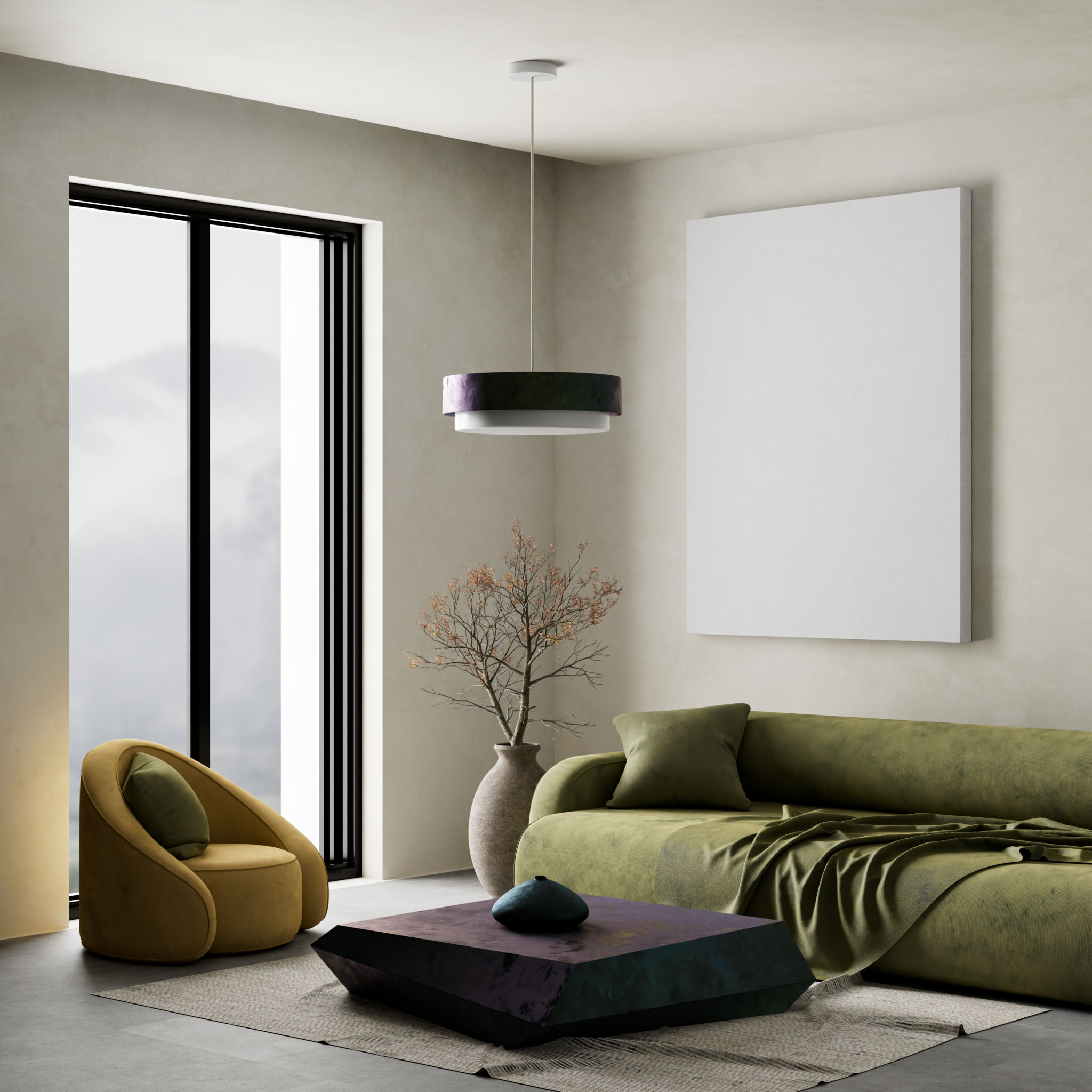Top Graphic Design Trends to Watch
Embracing Minimalism
In recent years, minimalism has taken the graphic design world by storm. This trend focuses on simplicity and functionality, removing all unnecessary elements to emphasize content. The use of white space, clean lines, and a limited color palette helps communicate messages more effectively and creates a sense of elegance and sophistication.
Designers are increasingly adopting a "less is more" philosophy, finding creative ways to strip down their designs while maintaining a strong visual impact. This trend is not only effective in print media but also translates well into digital platforms.

3D Design and Typography
With the advent of advanced technology and software, 3D design and typography have become more accessible and popular. Designers are using 3D elements to add depth and realism to their work, creating immersive experiences for viewers. This trend is particularly prevalent in advertising and branding, where eye-catching designs are crucial.
3D typography is also making waves, offering a visually compelling way to present text. These designs often incorporate realistic textures, shadows, and lighting effects, making them stand out in a crowded digital landscape.

Nostalgia and Retro Designs
Nostalgia has a powerful allure, and graphic designers are tapping into this by drawing inspiration from past decades. Retro designs bring a sense of familiarity and comfort, appealing to audiences who appreciate vintage aesthetics. This trend often combines bright colors, bold patterns, and classic fonts to evoke a sense of nostalgia.
From the 70s' psychedelic patterns to the 90s' neon colors, retro designs are versatile and can be adapted to suit various brand identities. This trend is particularly effective in targeting audiences who resonate with these eras.

Sustainable and Eco-Friendly Design
As environmental awareness grows, there is an increasing demand for sustainable design. Designers are focusing on eco-friendly practices, using recycled materials and green production methods. This trend not only appeals to environmentally conscious consumers but also reflects a brand's commitment to sustainability.
The use of natural colors, organic shapes, and earth-inspired textures helps convey a message of environmental responsibility. By integrating these elements into their designs, brands can build a positive image and foster trust with their audience.

Abstract and Surreal Art
Abstract and surreal art is gaining traction as designers experiment with unconventional compositions and imaginative visuals. This trend allows for creative expression beyond traditional boundaries, resulting in unique and thought-provoking designs. Abstract art often uses bold colors, geometric shapes, and unexpected juxtapositions to capture attention.
Surreal art takes this a step further by blending reality with fantasy, creating dreamlike scenes that intrigue viewers. These designs are particularly effective in campaigns aiming to evoke emotion or convey complex concepts.

Interactive Design
As digital experiences become increasingly interactive, graphic designers are focusing on creating engaging user interfaces. Interactive design involves using animations, hover effects, and dynamic layouts to provide users with an immersive experience. This trend is especially significant in web design, where user engagement is key.
Interactive elements can guide users through content seamlessly, enhancing the overall user experience. By incorporating these features, designers can create memorable interactions that leave a lasting impression.

